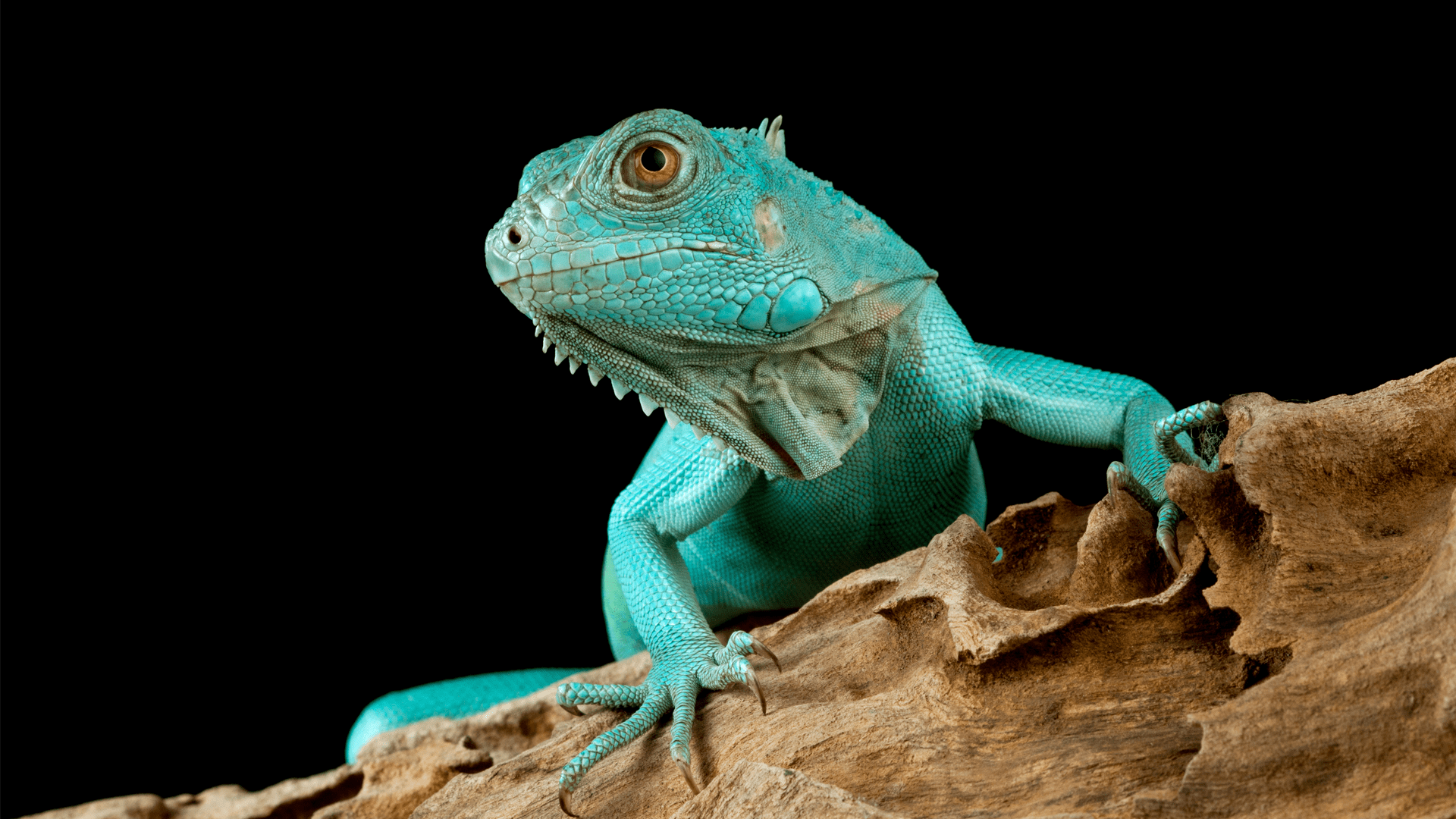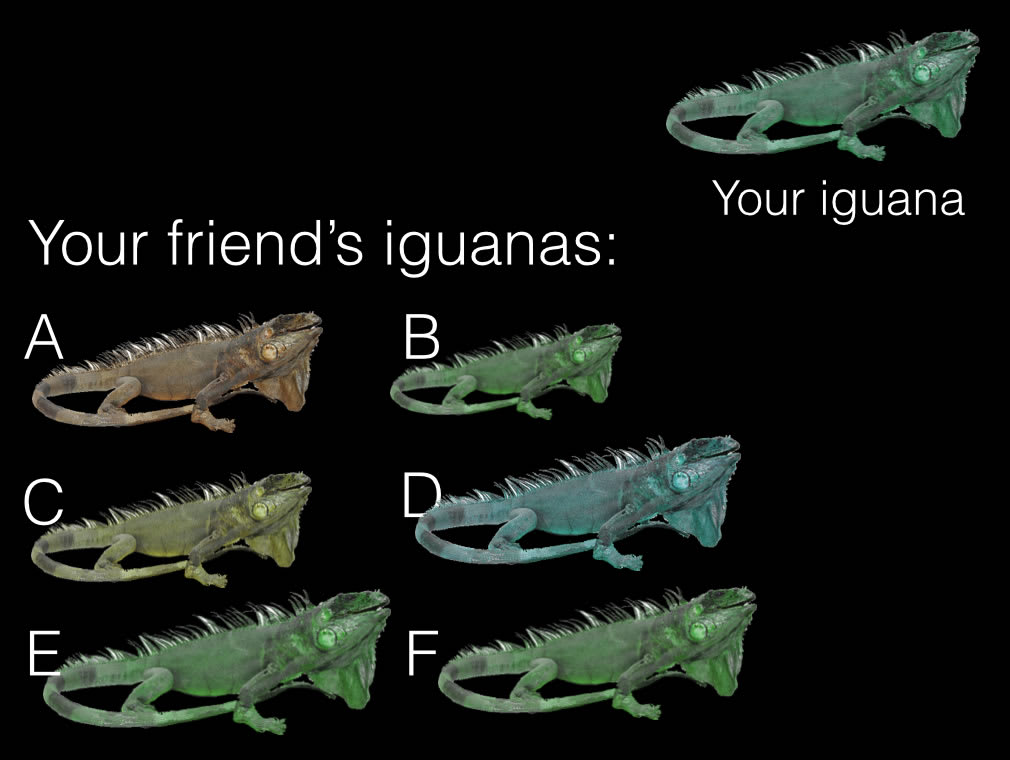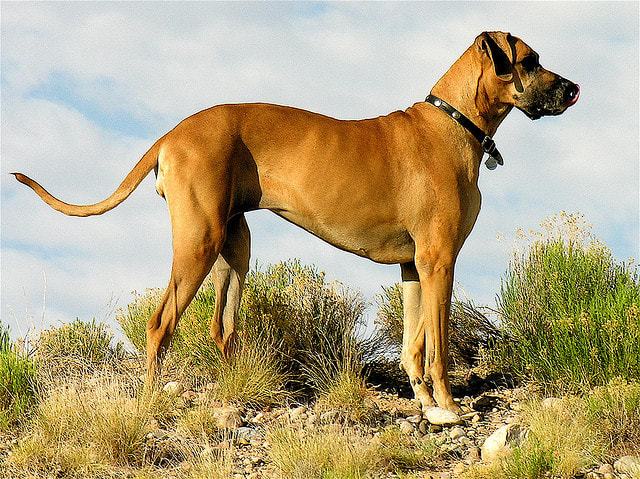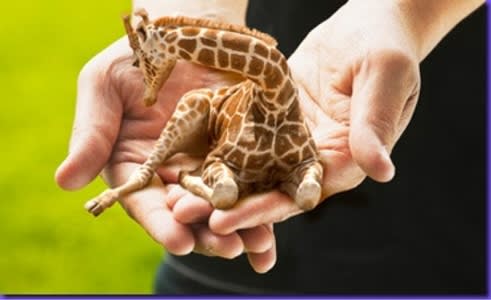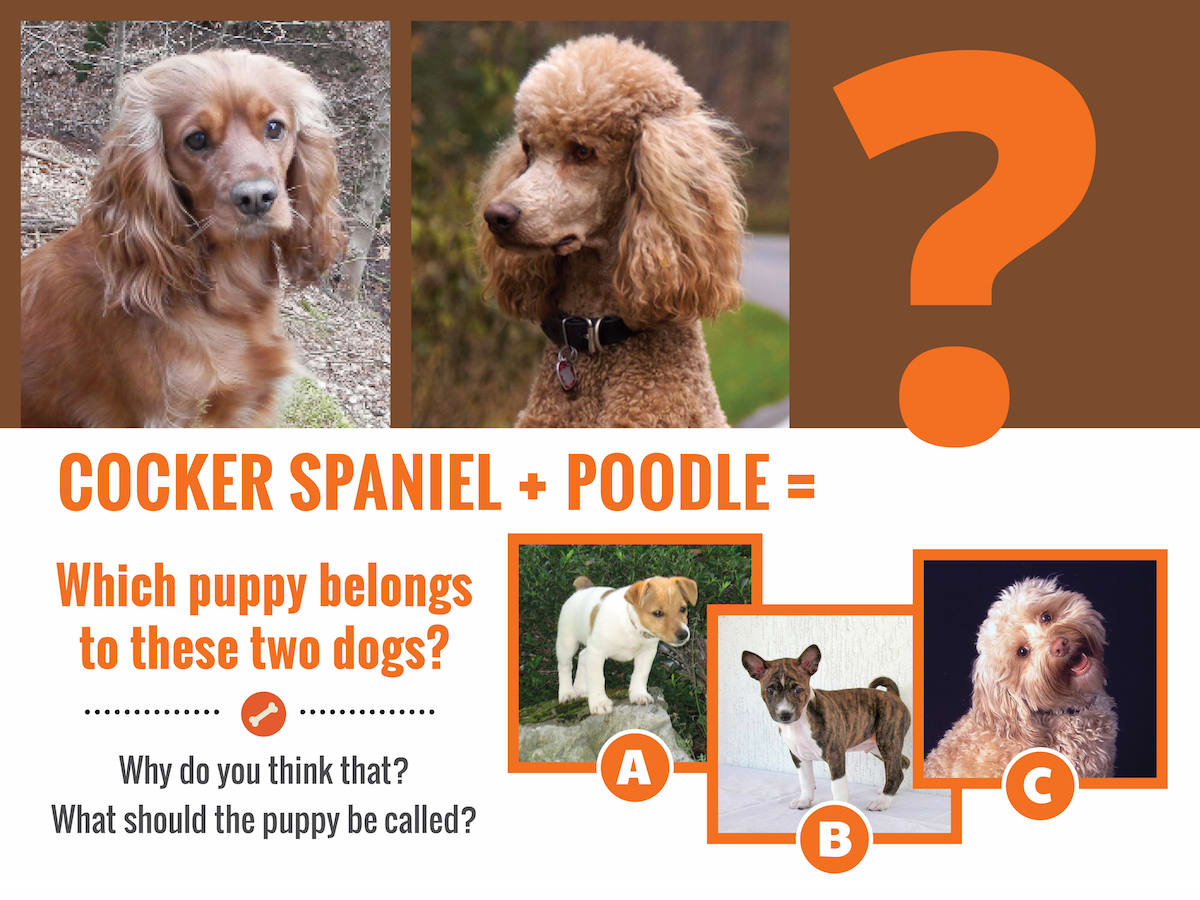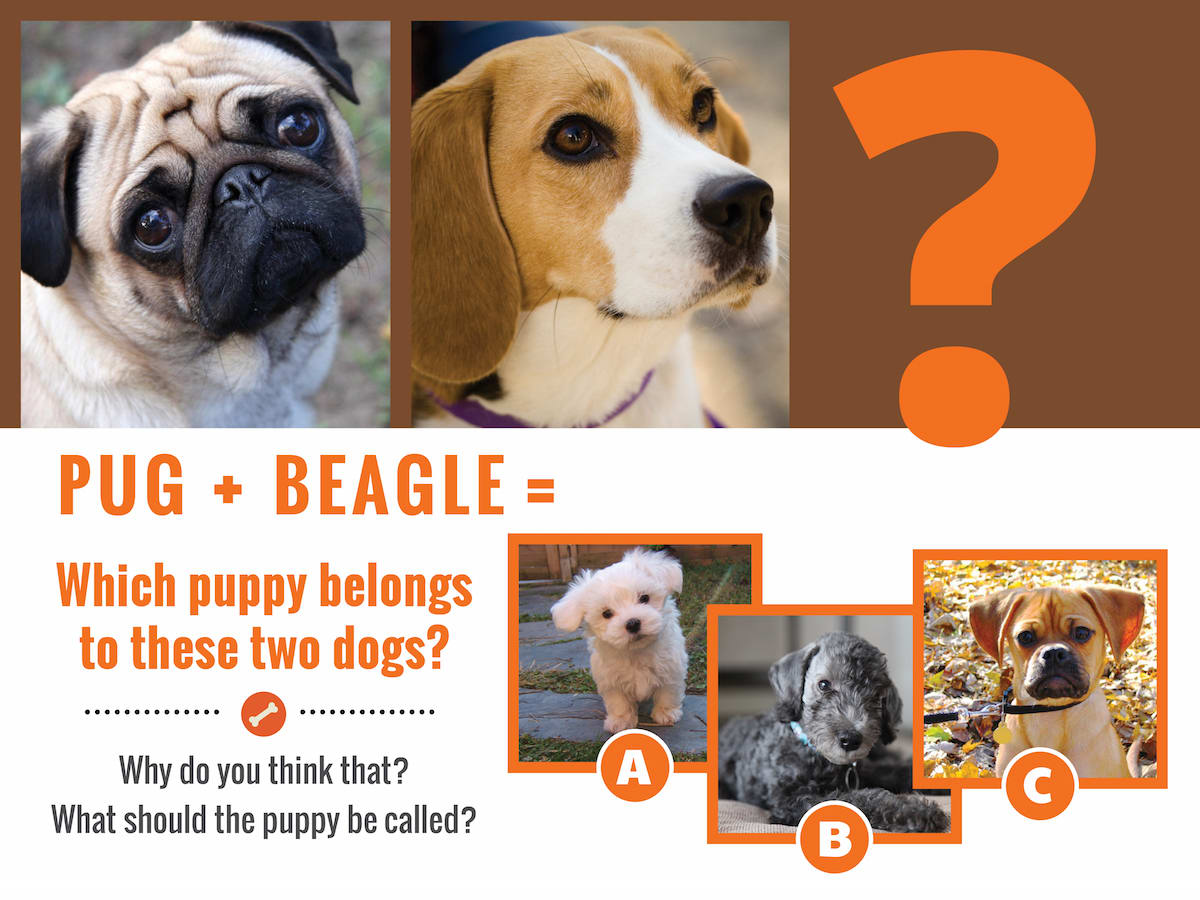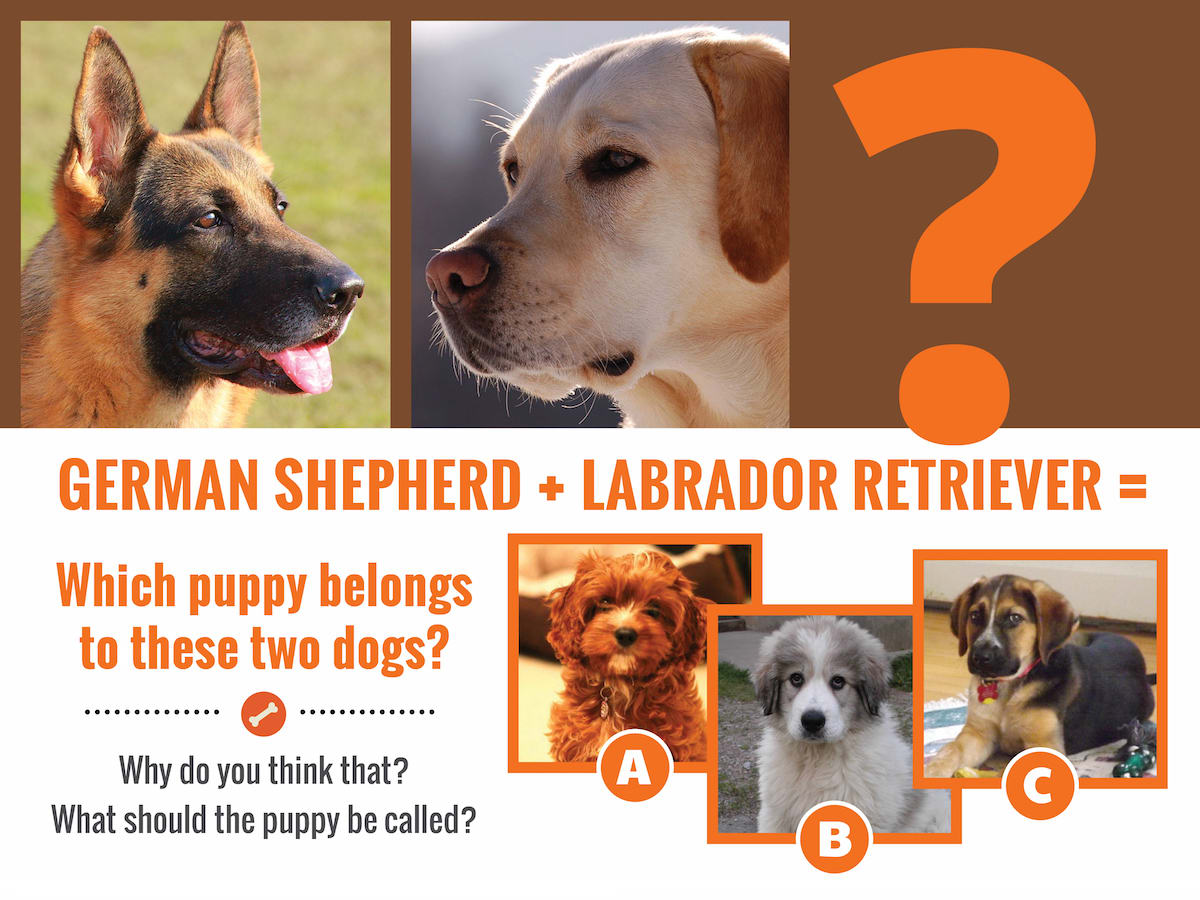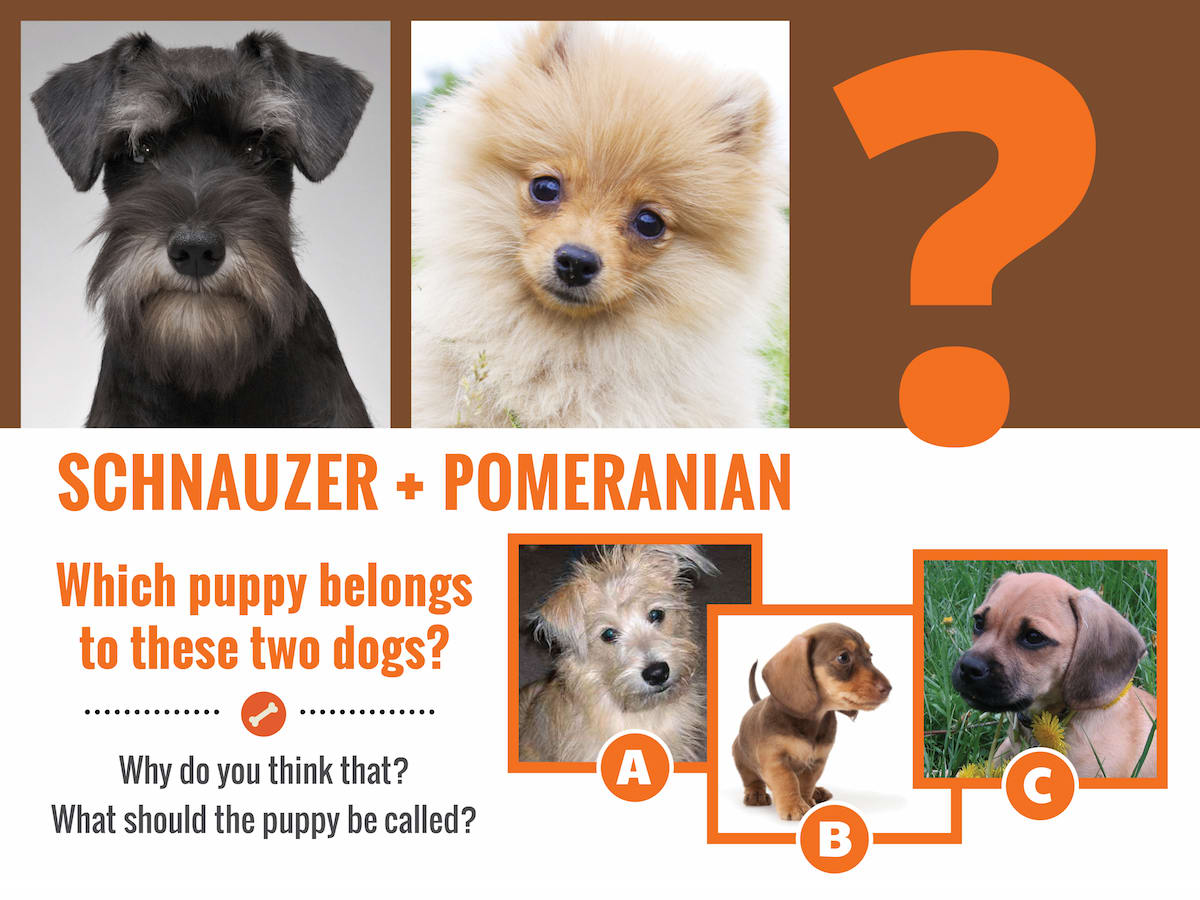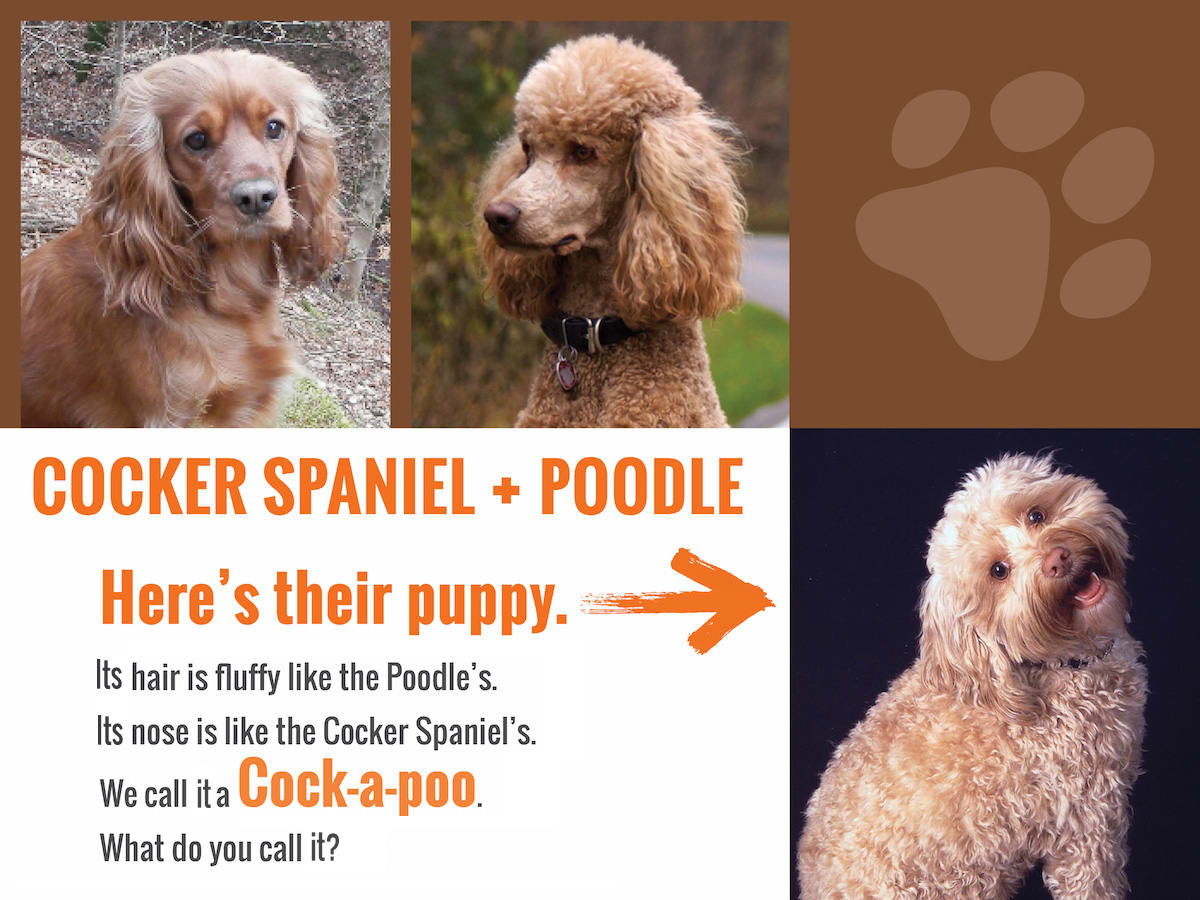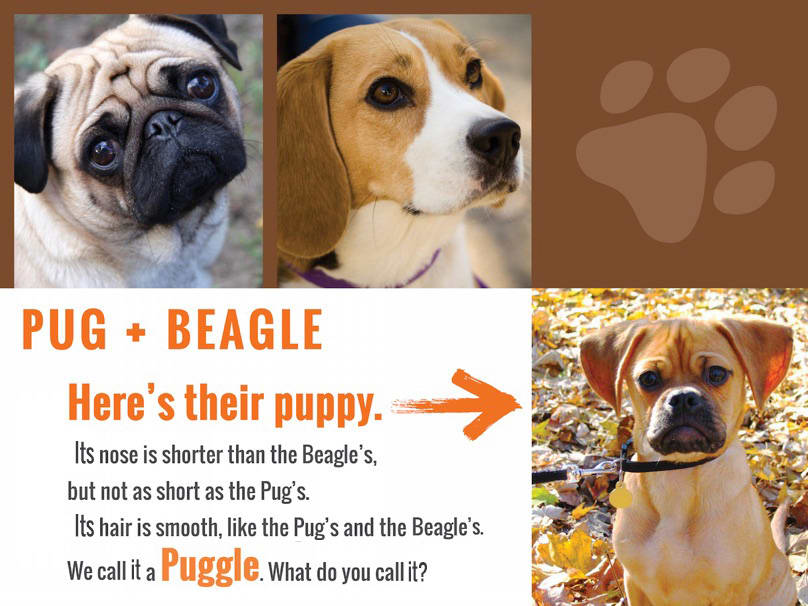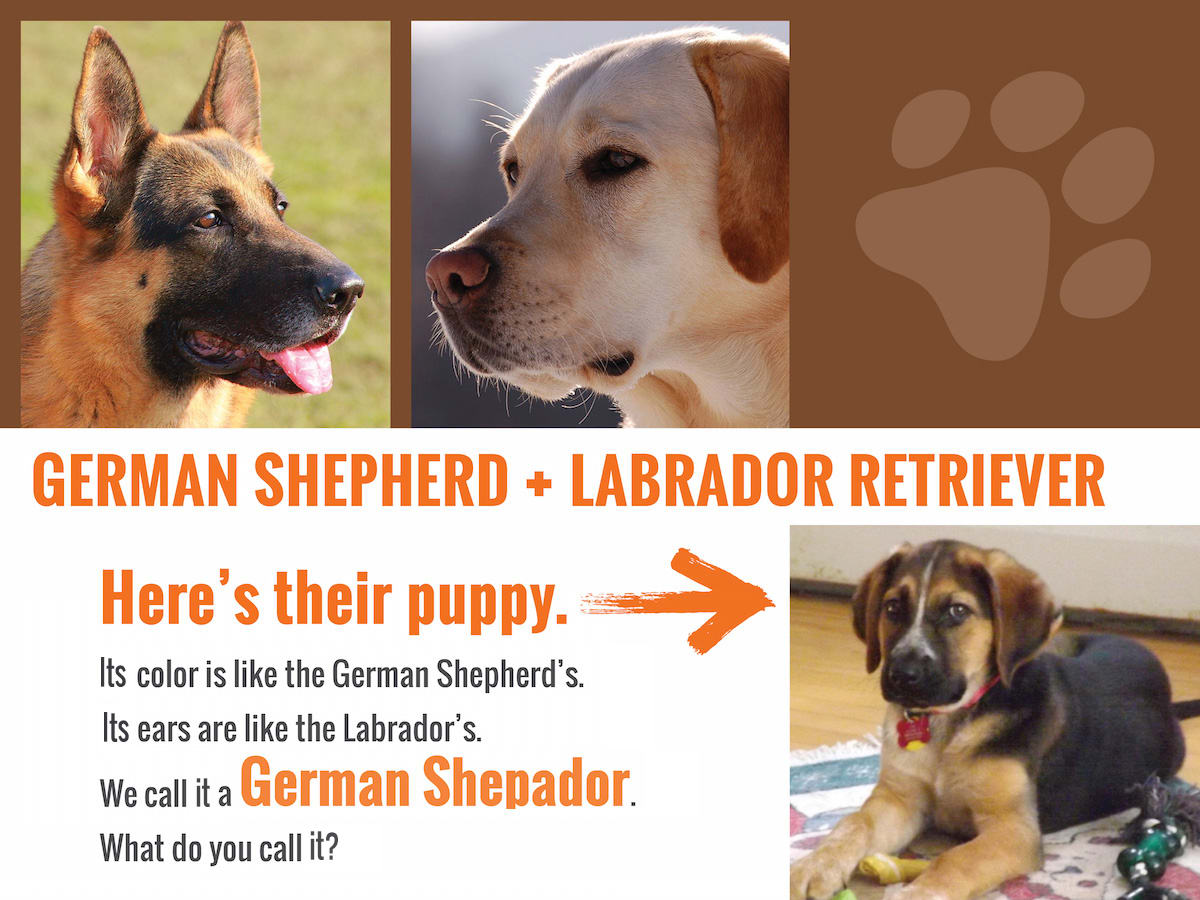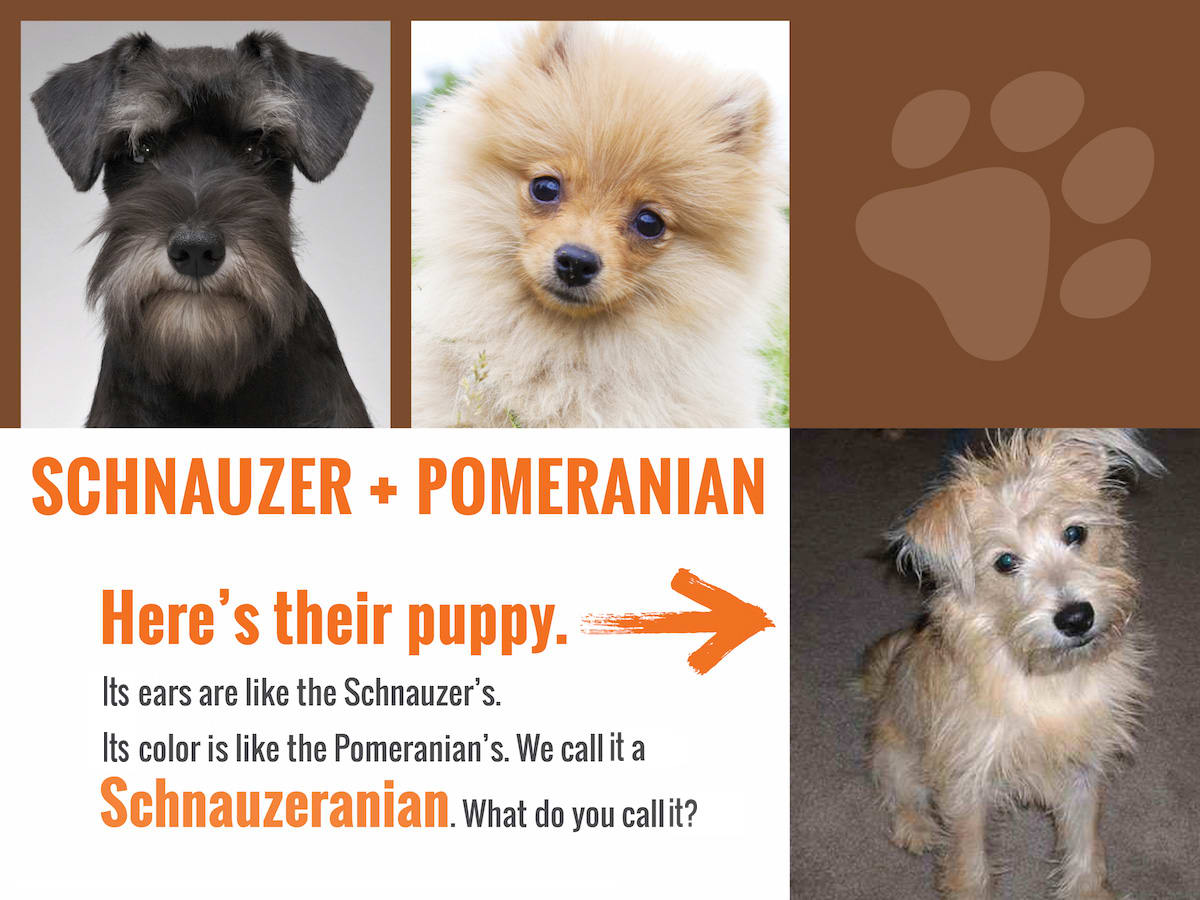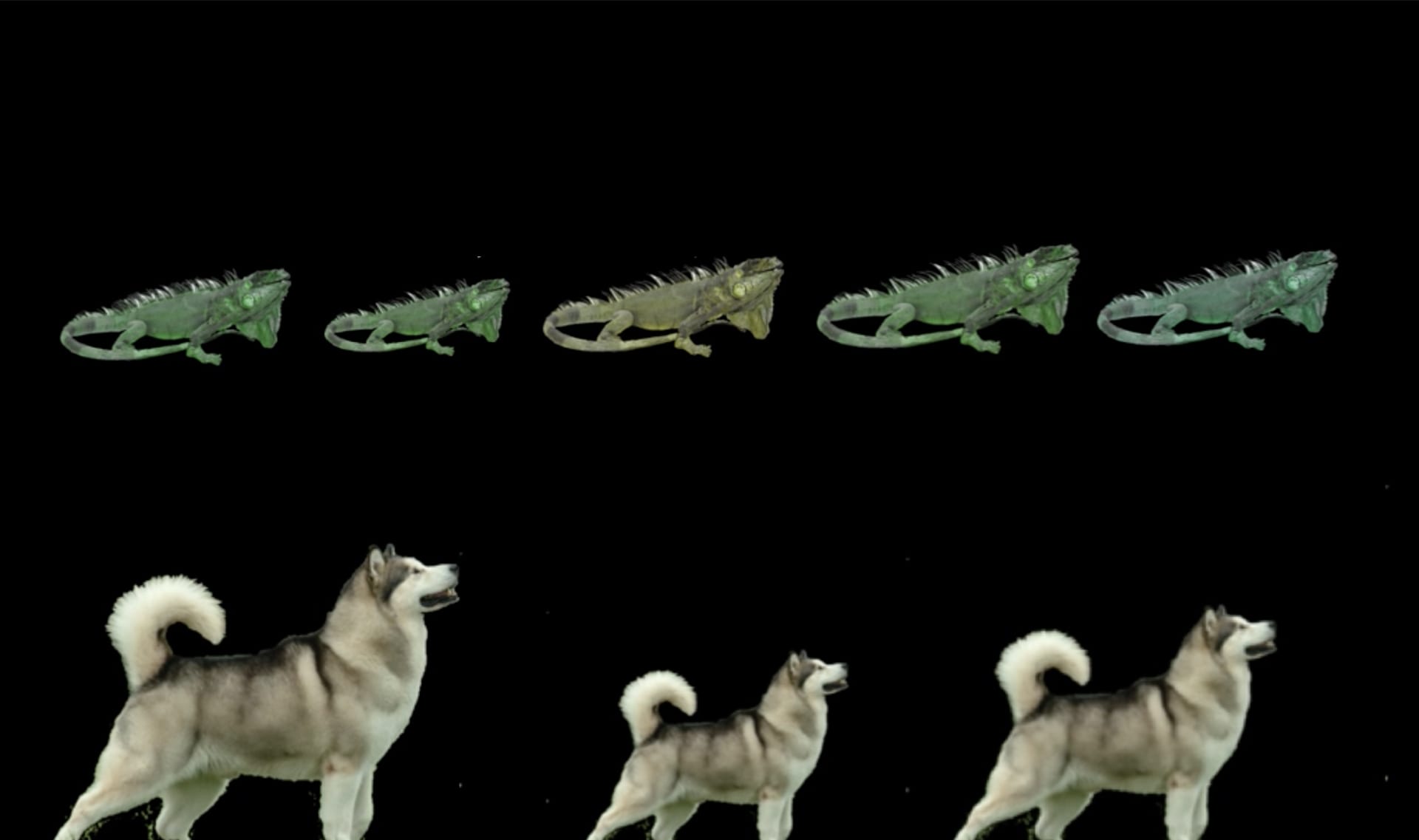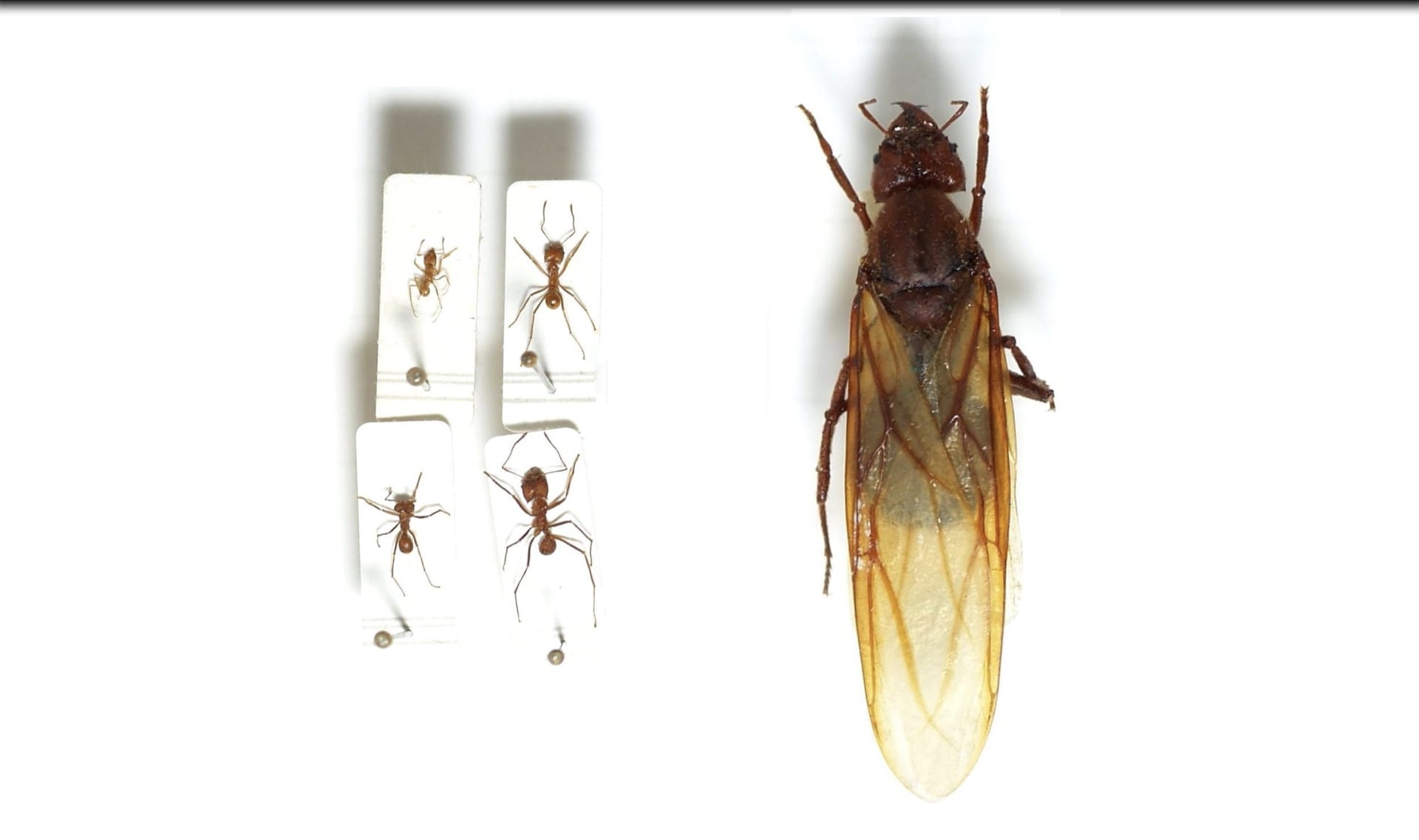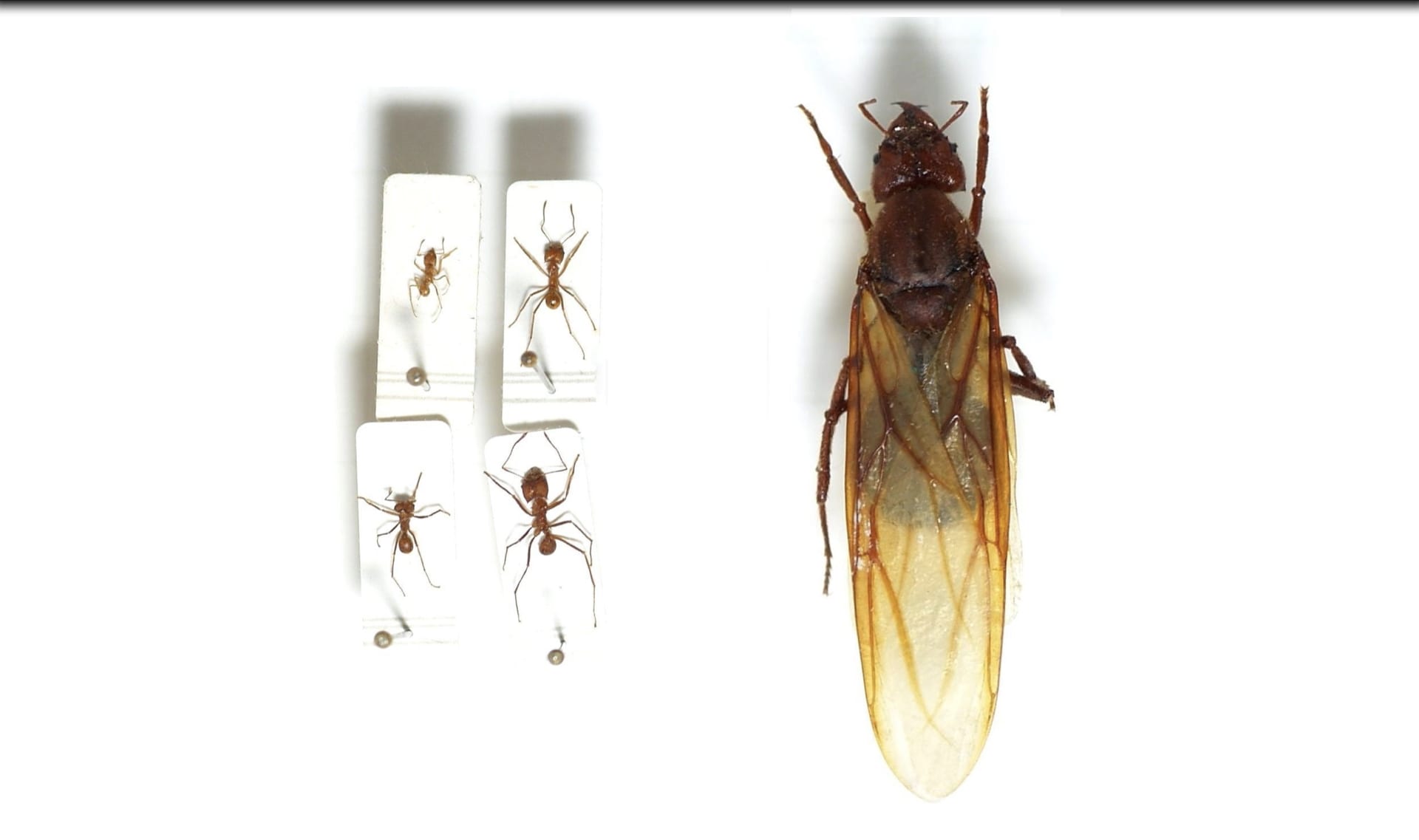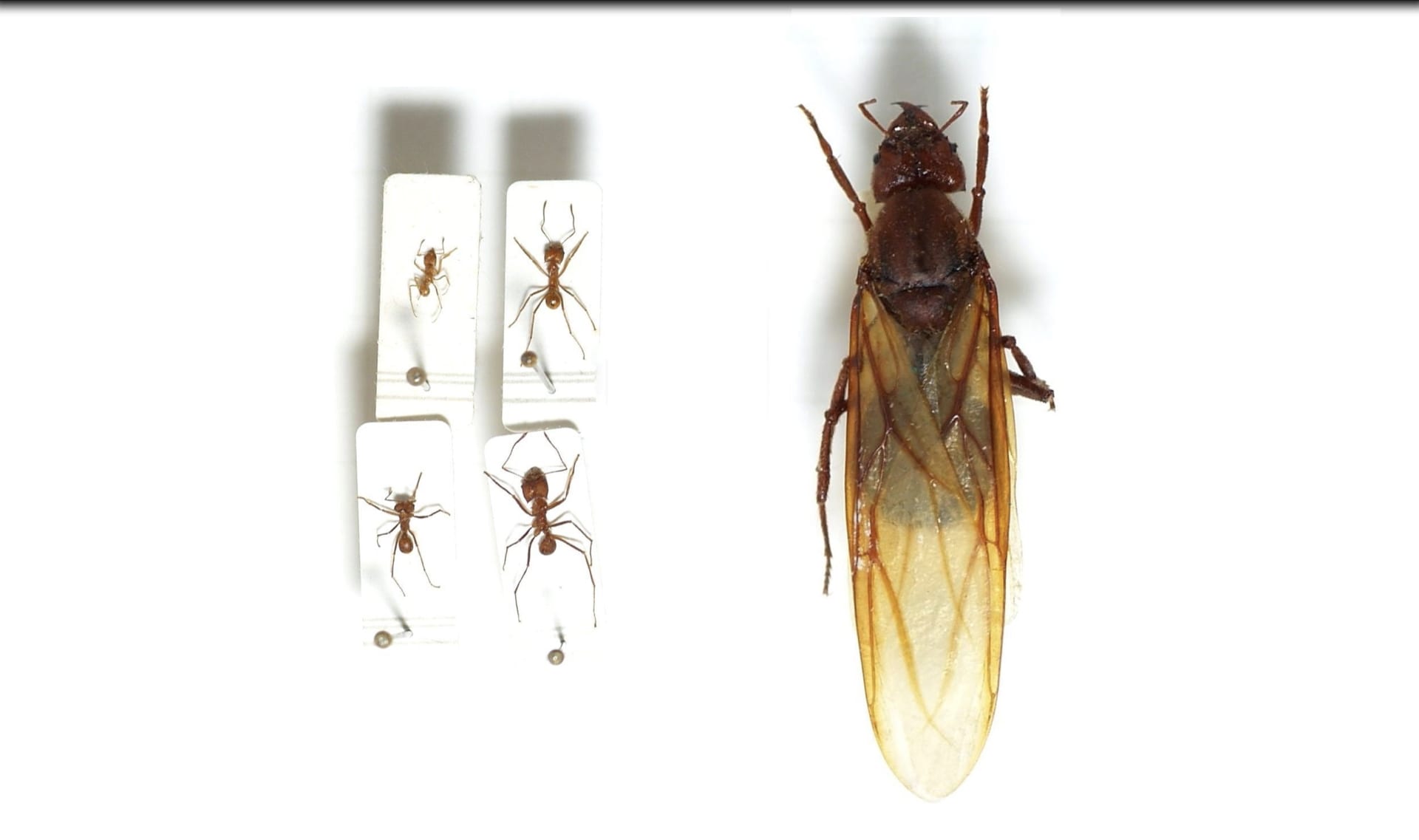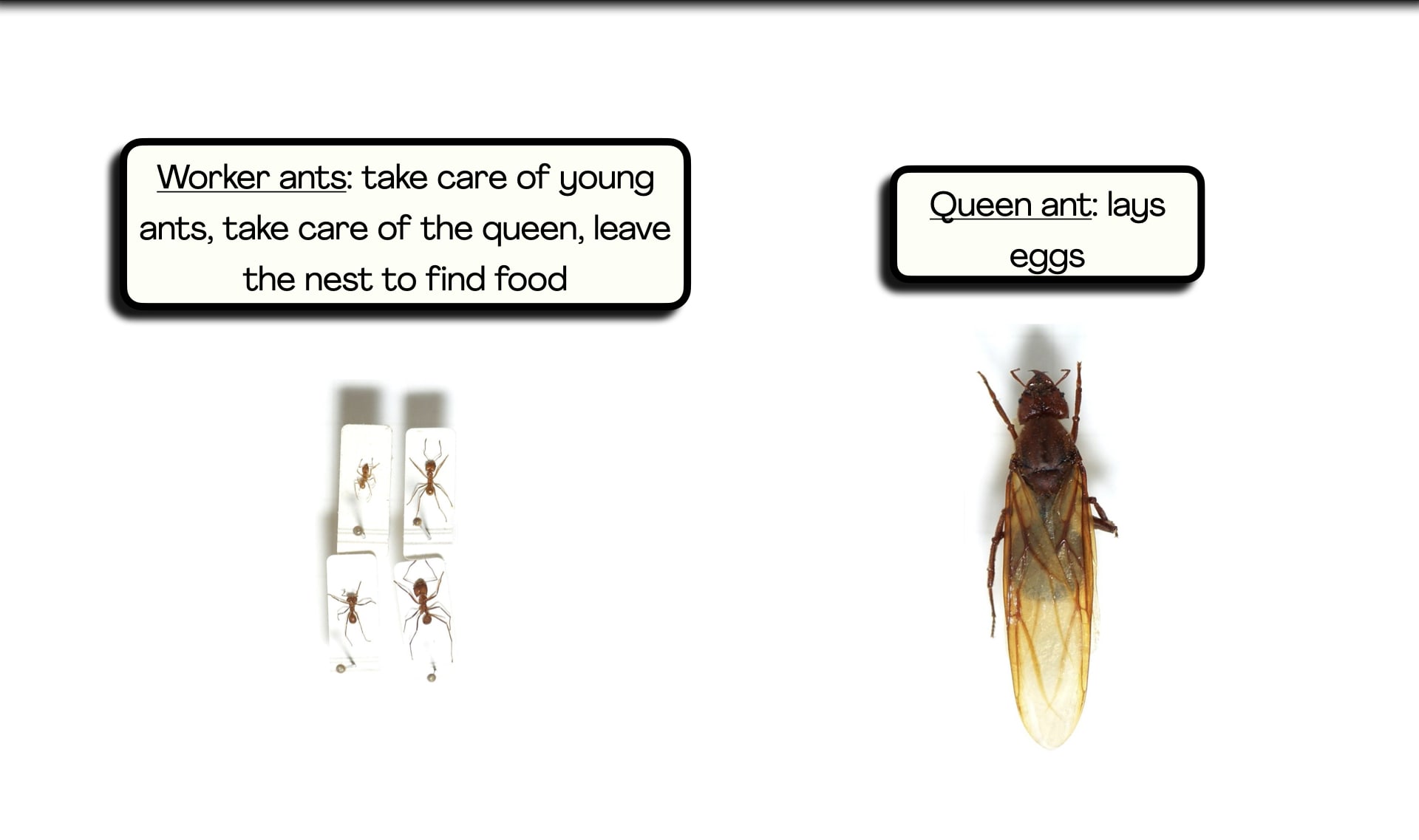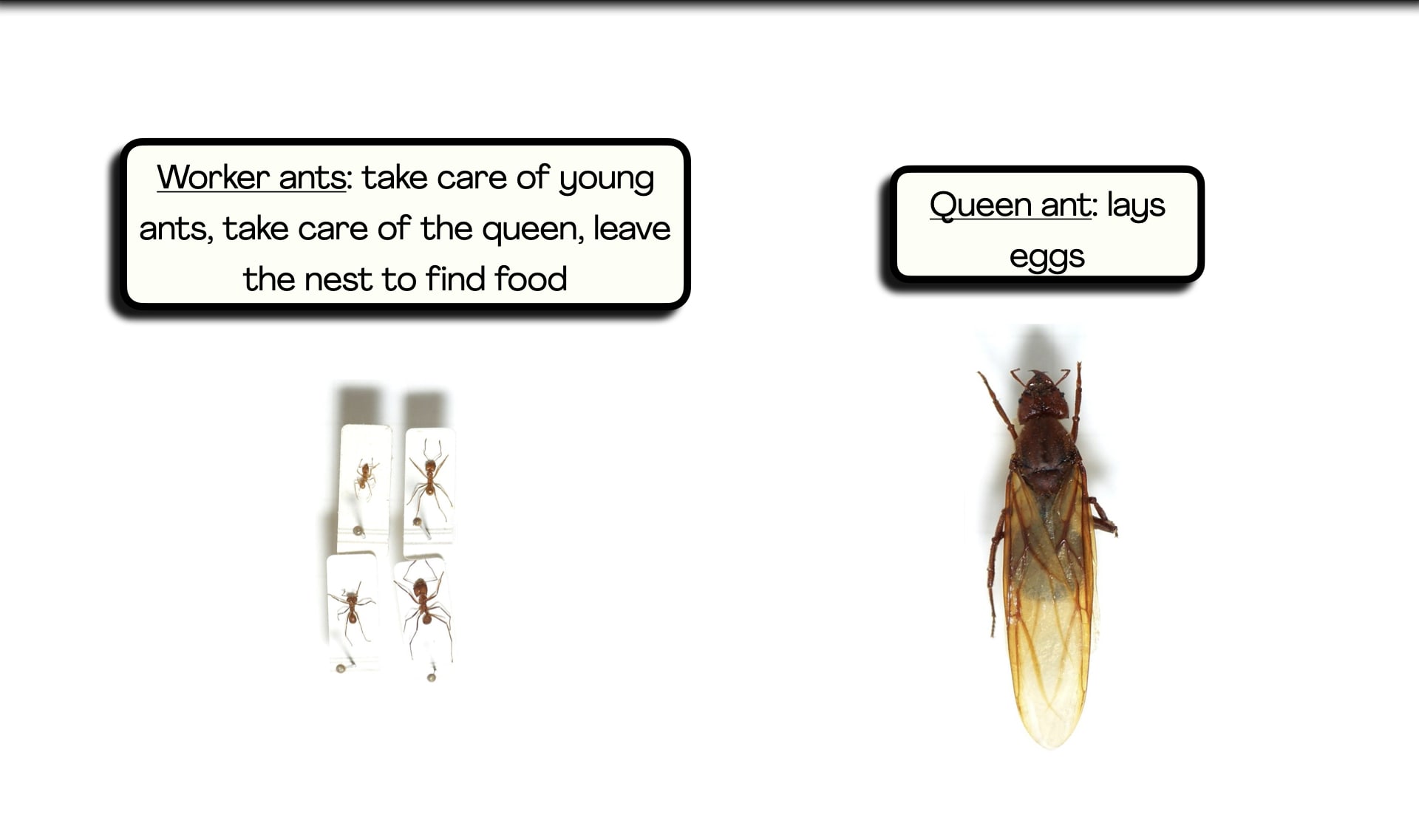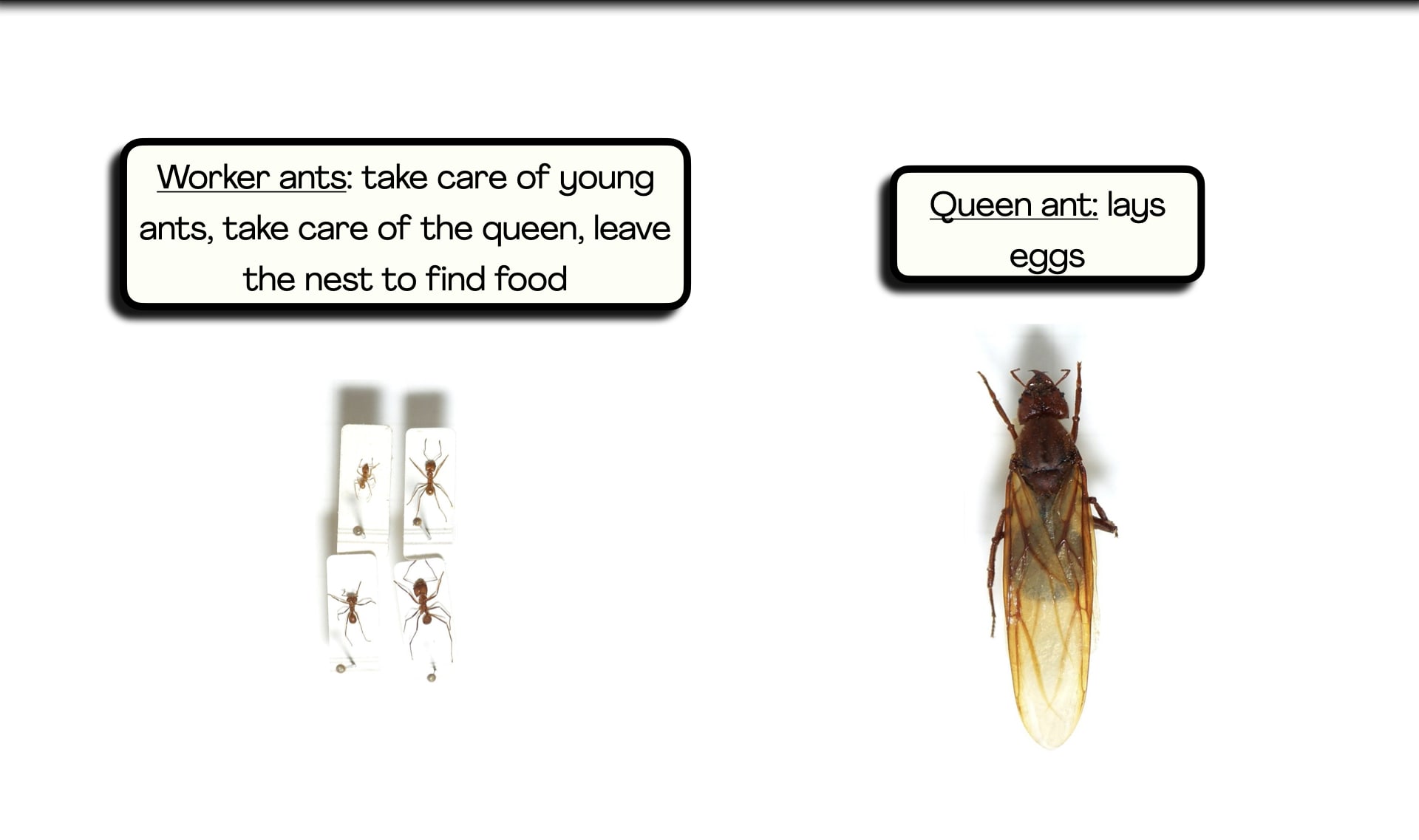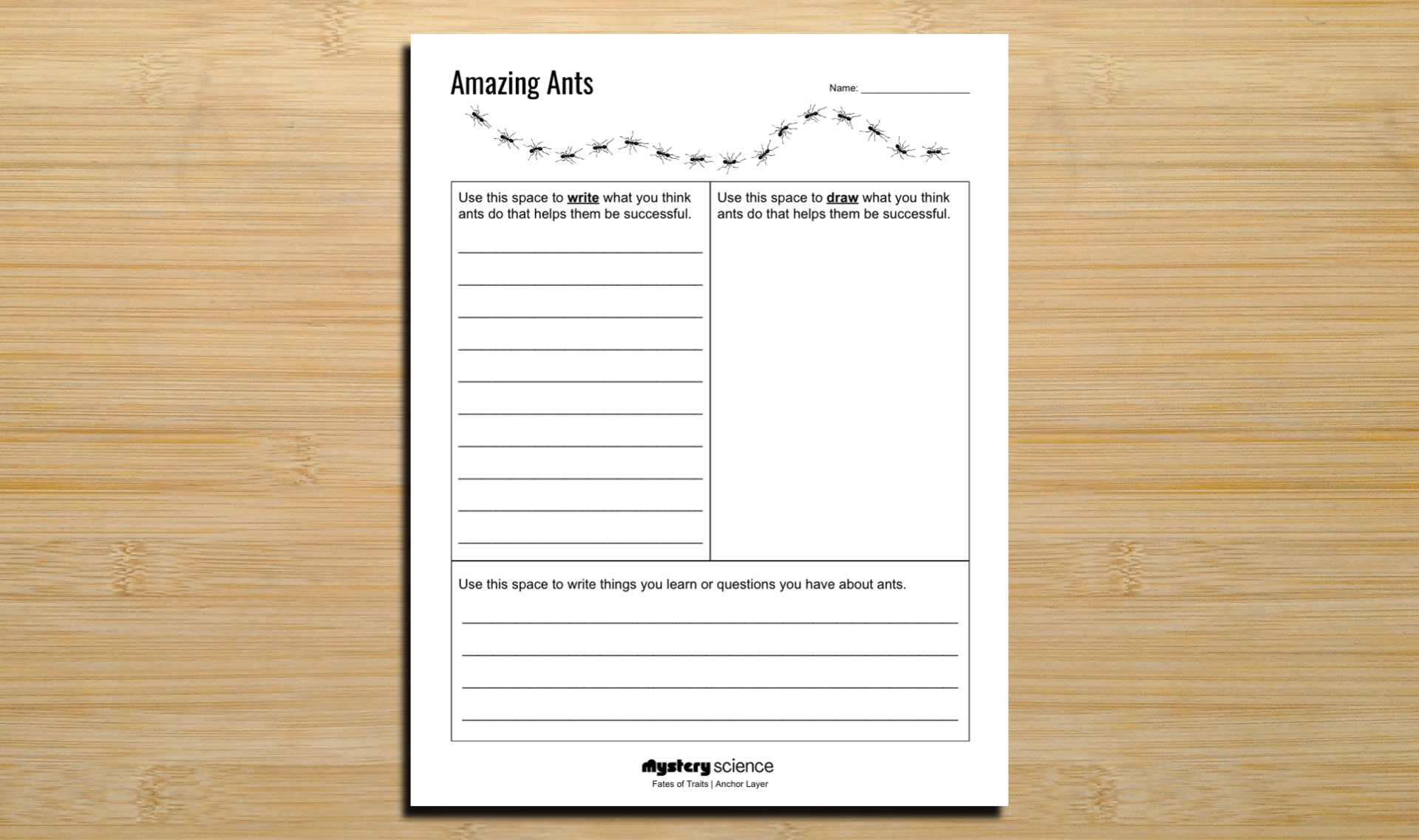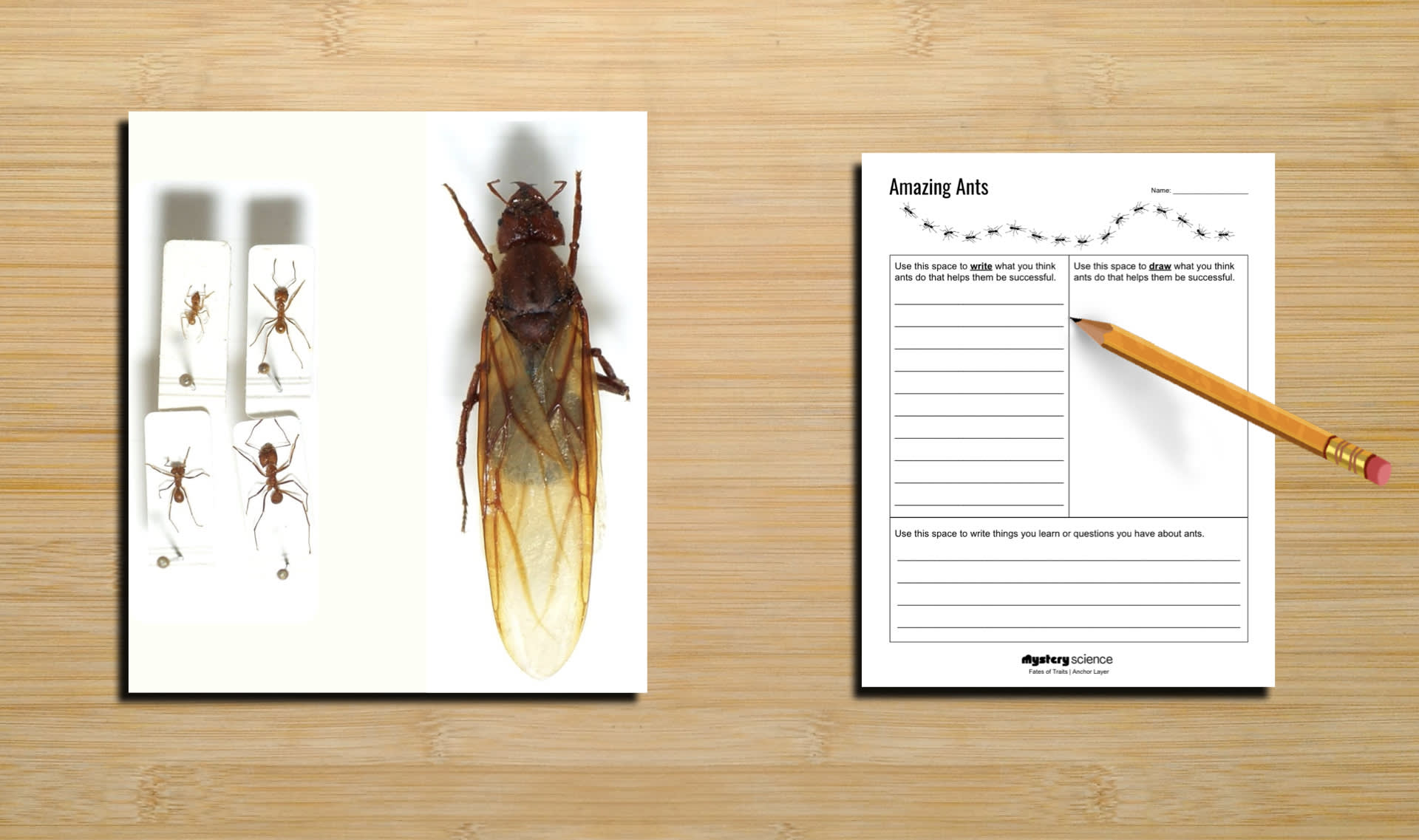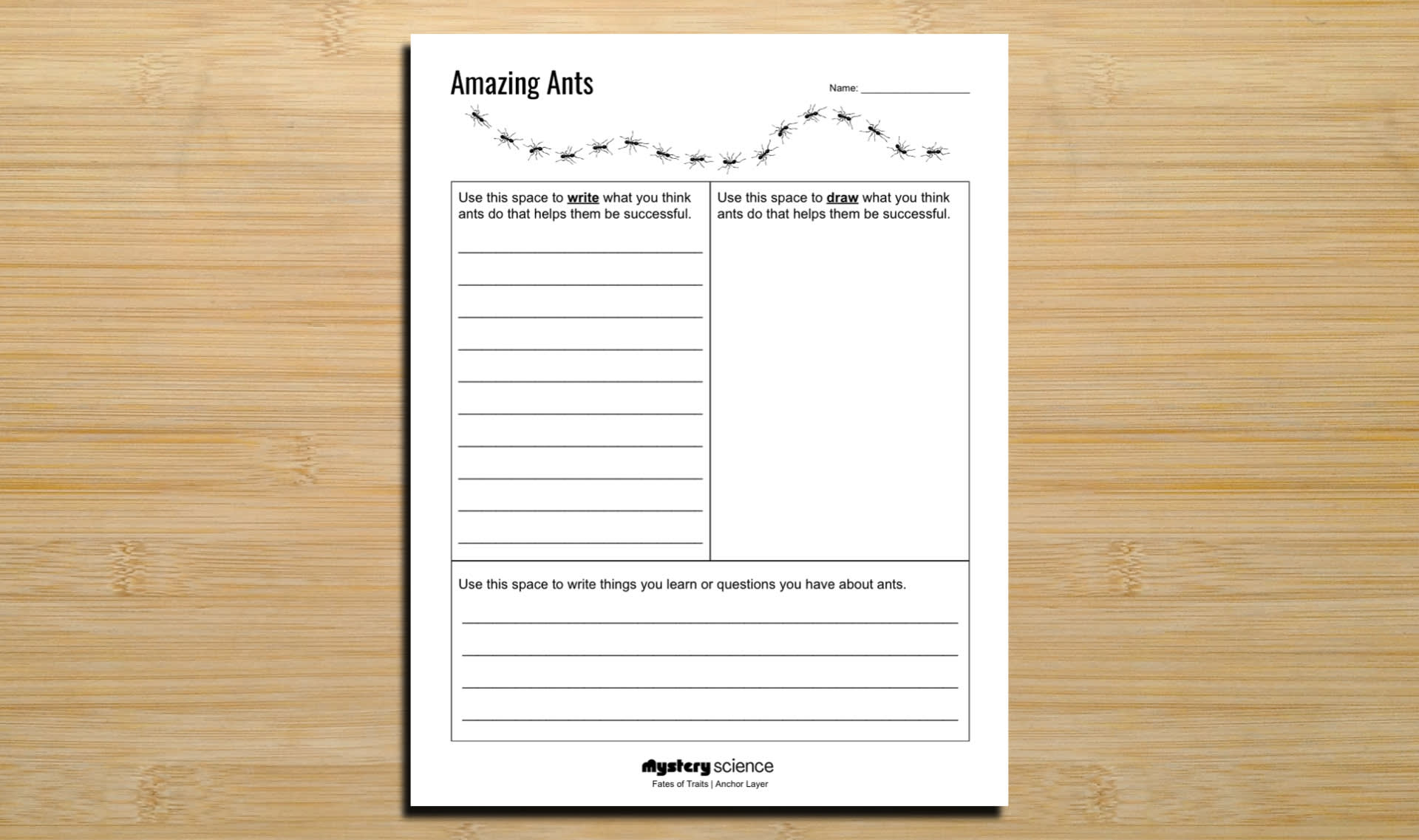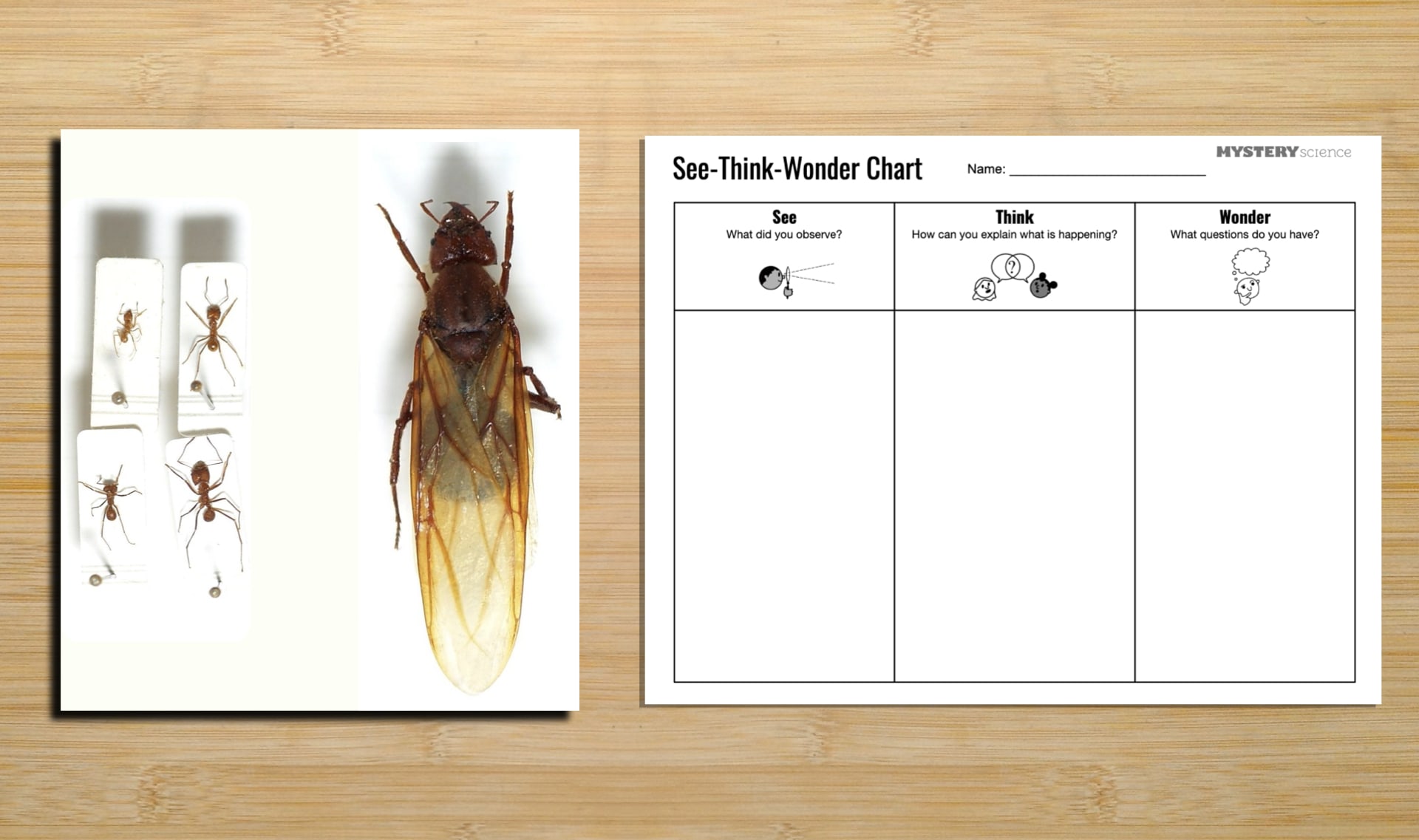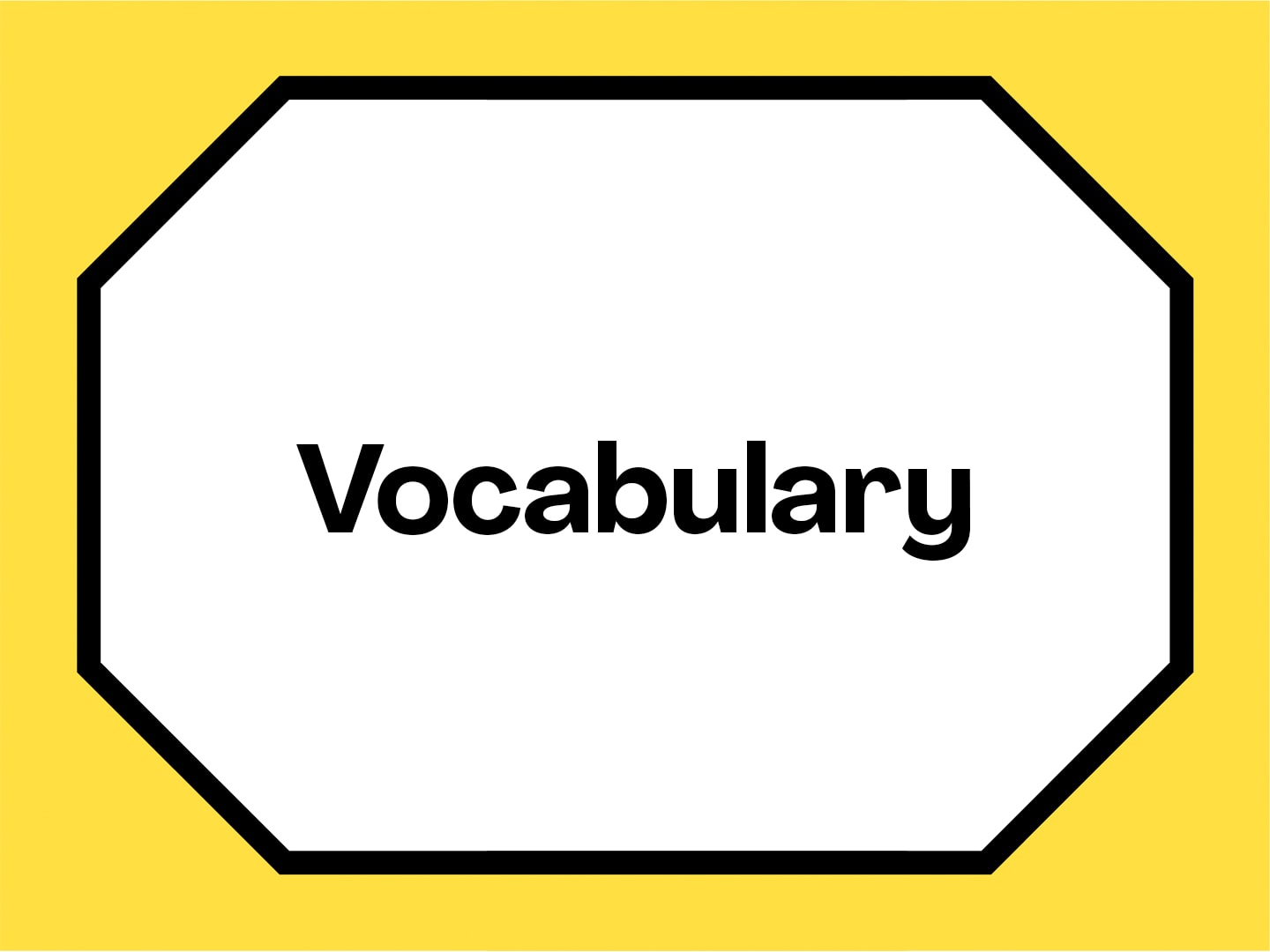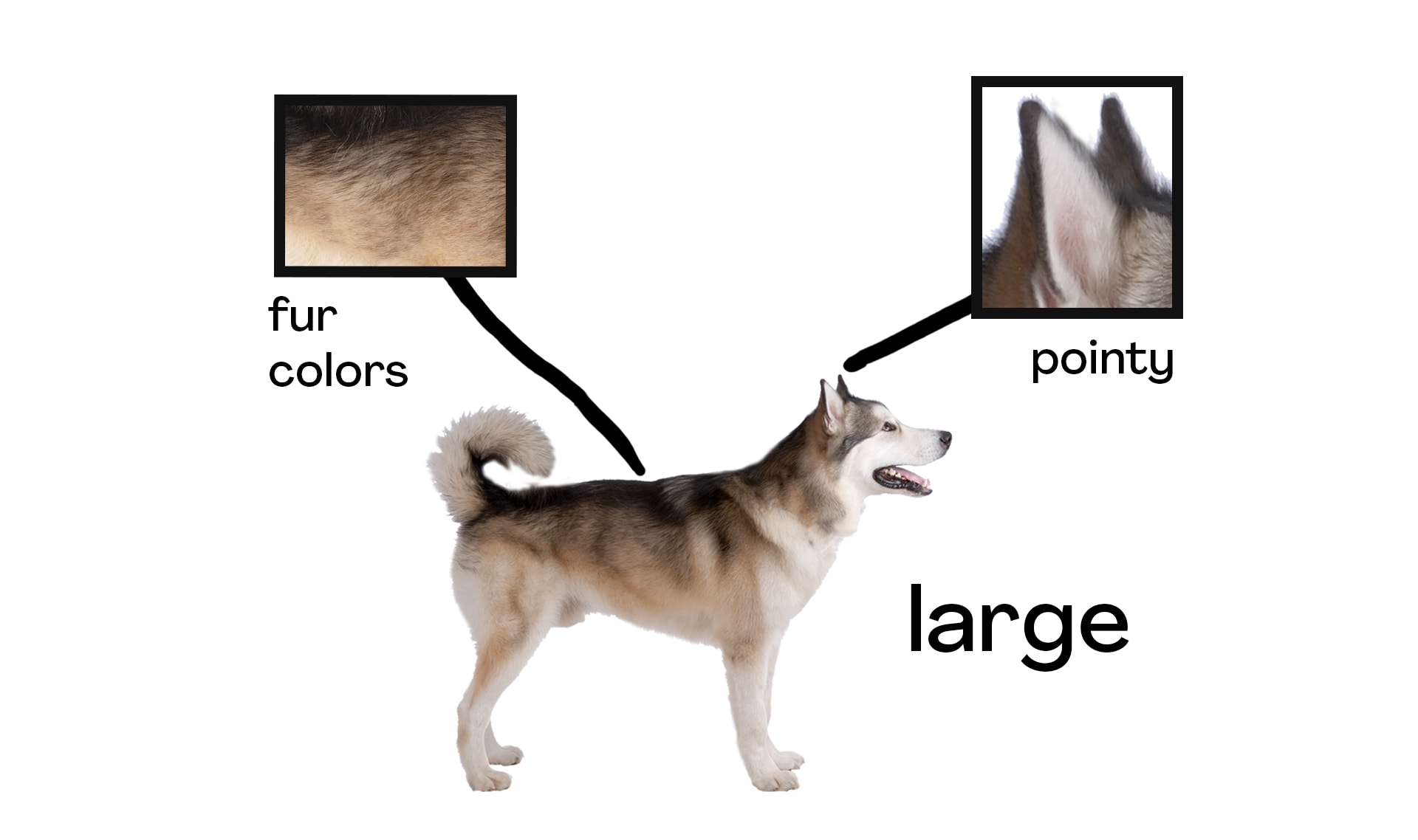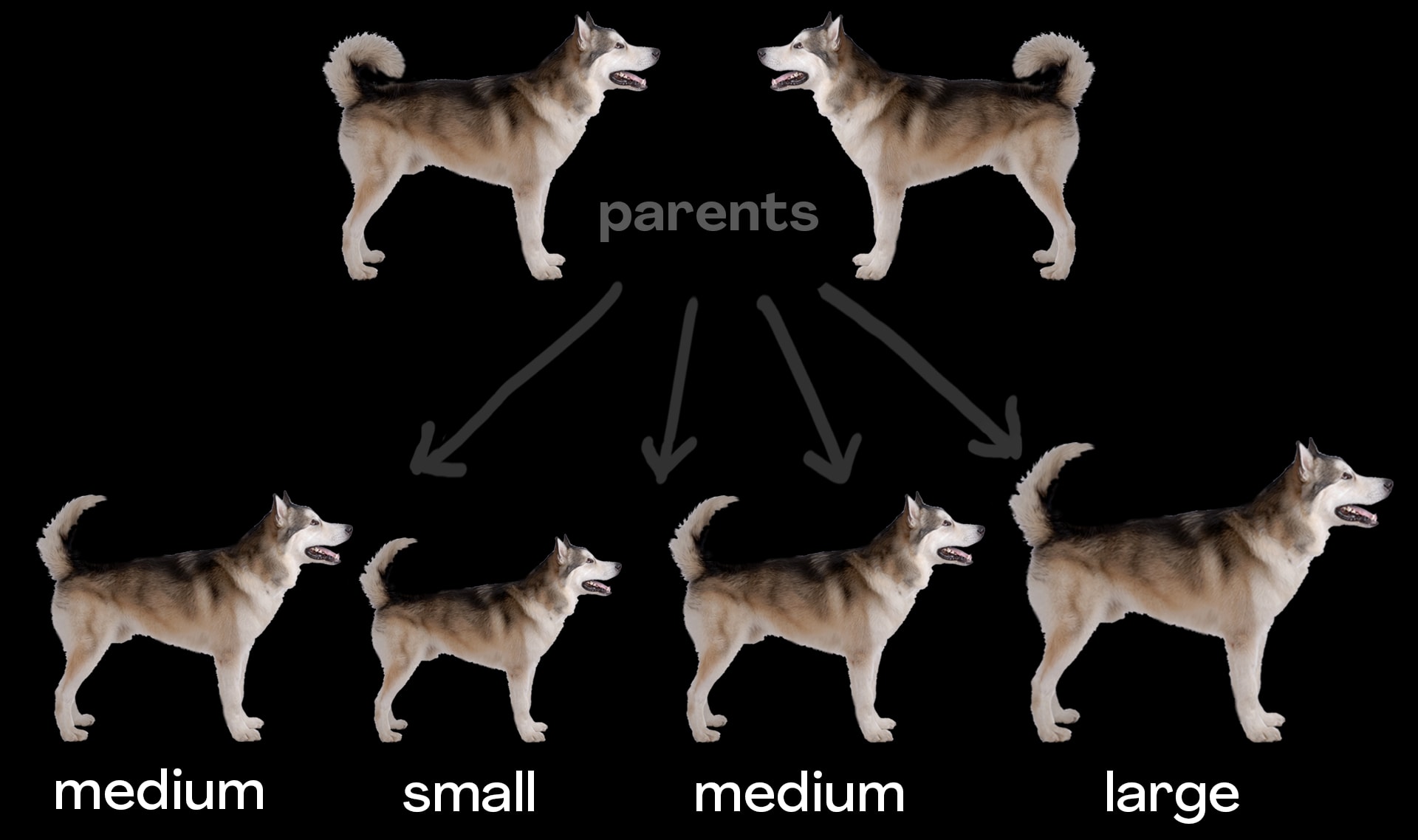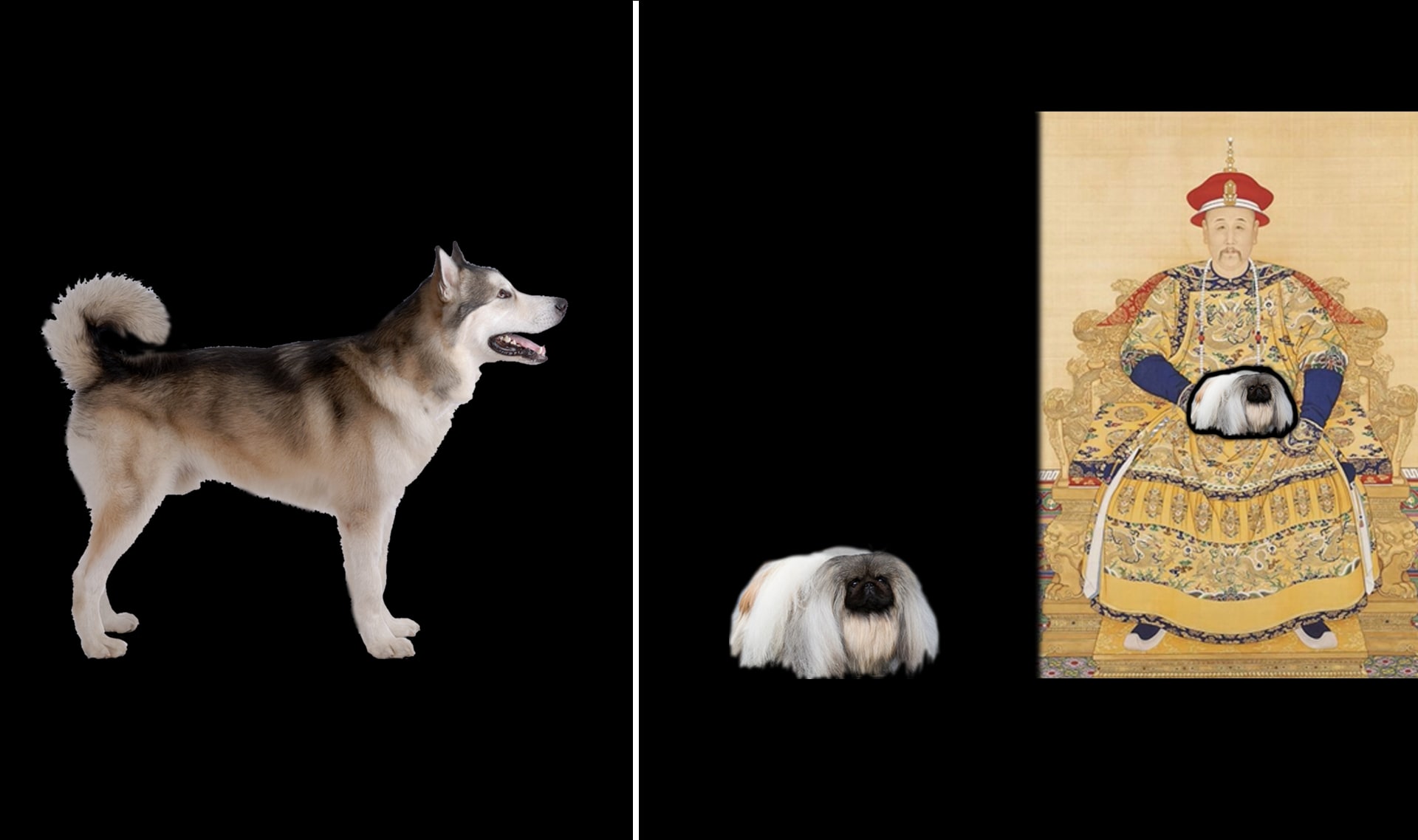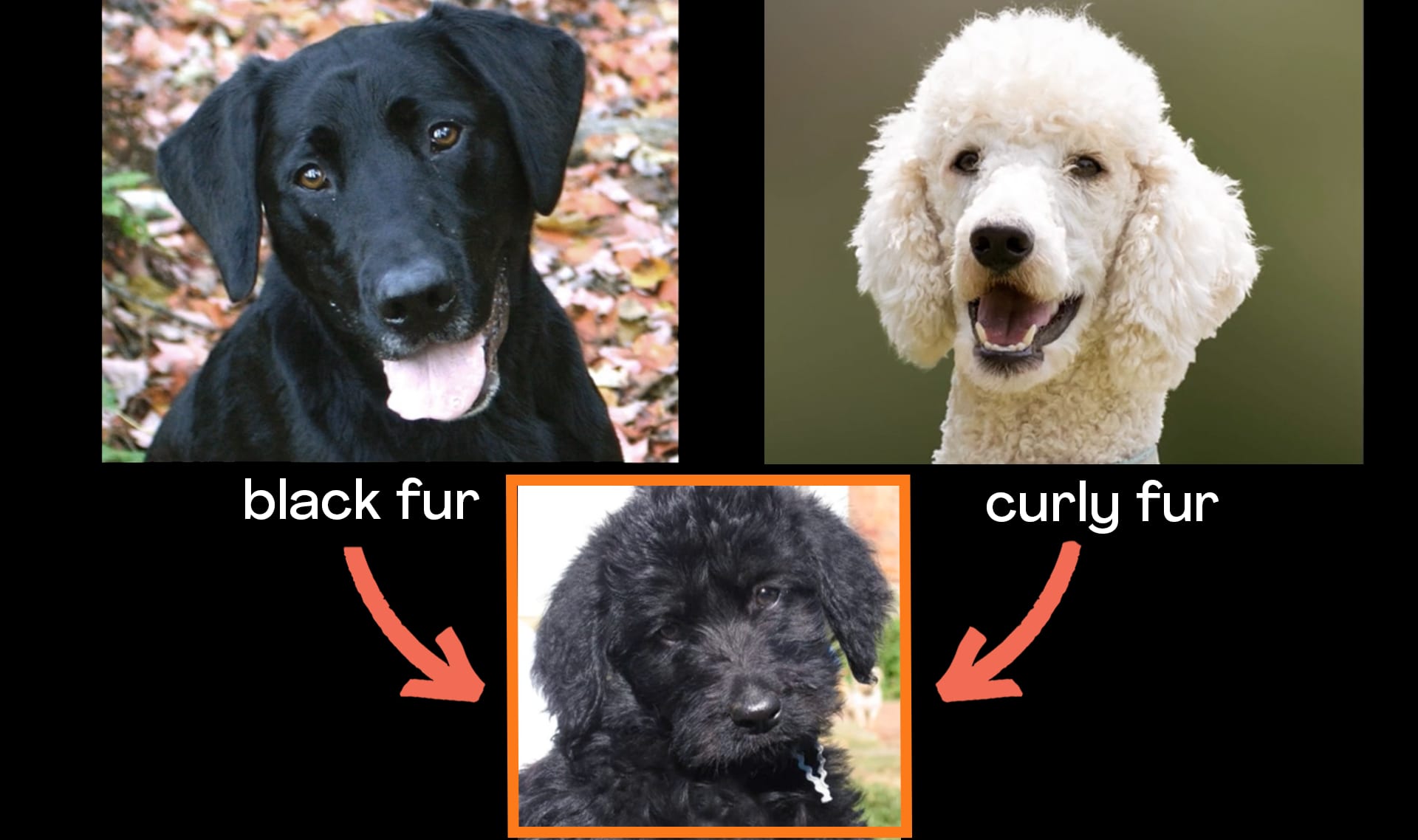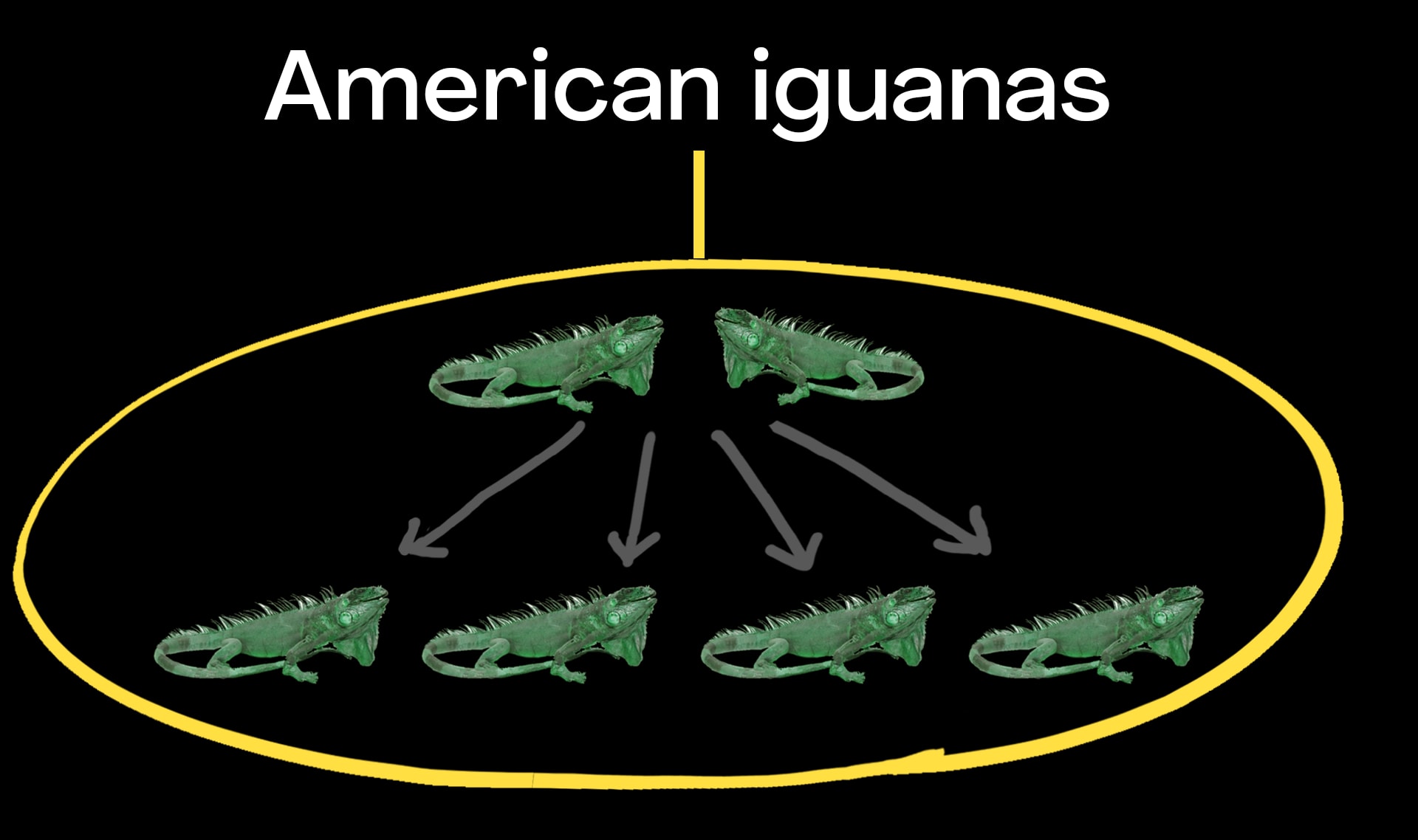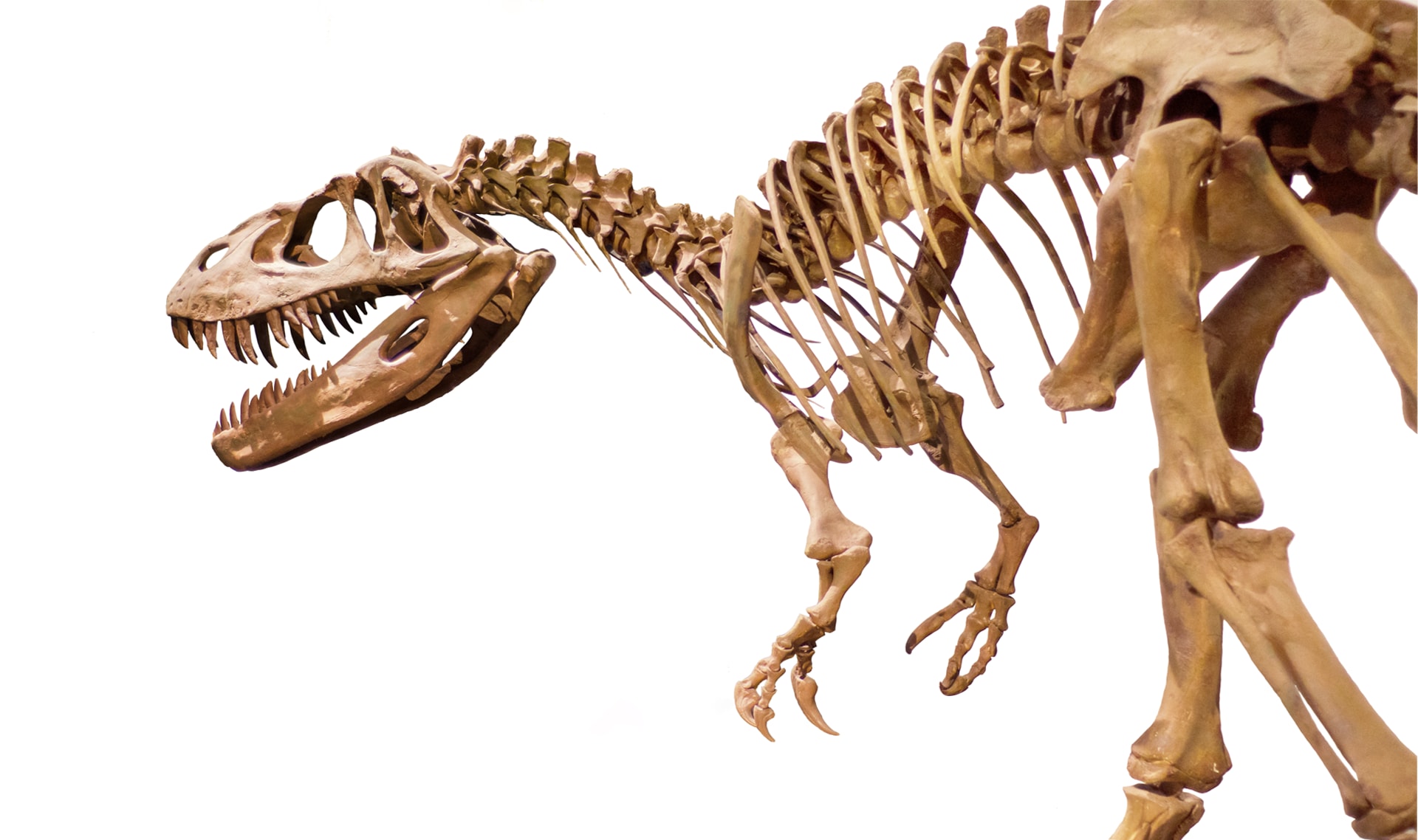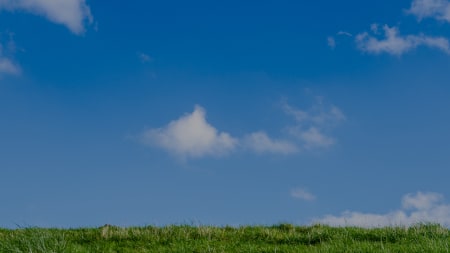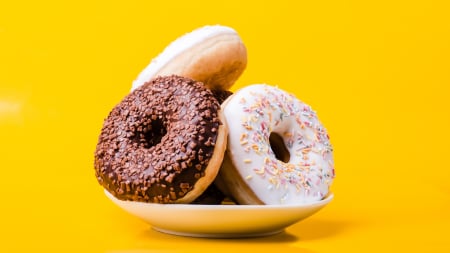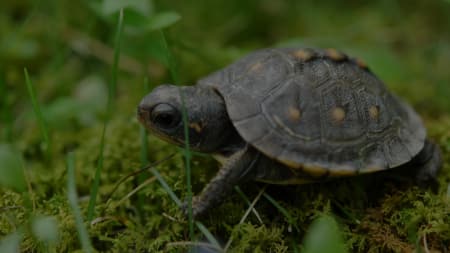Mystery Science respects the intellectual property rights of the owners of visual assets.
We make every effort to use images and videos under appropriate licenses from the owner or by
reaching out to the owner to get explicit permission. If you are the owner of a visual and
believe we are using it without permission, please
contact us—we will reply promptly and make
things right.
Exploration
cat by
Joseph Morris
, used under CC BY-ND
dog by
Katherine
, used under CC BY
goat by
ceridwen
, used under CC BY-SA
sheep by
Donald Macleod
T-Rex in museum by
Jeff Kubina
, used under CC BY-SA
wild cat by
Chris Fourie
domestic fox by
Raffaele Esposito
holding fox by
Jorbasa Fotografie
, used under CC BY-ND
mammoth by
WolfmanSF
, used under CC BY-SA
yawning fox by
Peter Trimming
, used under CC BY
hippo-fish by
Takeshi Kitano's
long haired cat by
Tambako The Jaguar
, used under CC BY-ND
rooster by
David Goehring
, used under CC BY
dogs of the world by
Poster Revolution
Black Lab by
Jared and Corin
, used under CC BY-SA
Blood Hound by
Sally Wehner
, used under CC BY
Bull Dog by
sabianmaggy
, used under CC BY
Chihuahua by
Kevin
, used under CC BY
Pitbull by
Hugo A. Quintero G.
, used under CC BY
small white dog by
tiarescott
, used under CC BY
rooster skeleton by
Chickenosaurus 12
bird-like skeleton by
Ted & Tira
cows by barn by
William Garrett
, used under CC BY
chickenosaurous by
guest_5655
cow close up by
Positive
bears by
Tambako The Jaguar
, used under CC BY-ND
black bull by
Jaap Rouwenhorst
, used under CC BY-SA
giraffe up close by
Tambako The Jaguar
, used under CC BY-ND
teddy bear by
thepeachpeddler
, used under CC BY-SA
bright green lizard by
Chad Sparkes
, used under CC BY
udders by
stux
dairy cow by
Keith Weller/USDA
oxen pulling cart by
John P. Mosesso
iguana by
Pete Markham
, used under CC BY-SA
ox up close by
TrollGod14337
iguana up close by
Cyborg
, used under CC BY
wild boar by
Pete Shacky
cat by
Magnus Bråth
, used under CC BY
chicken and eggs by
Dew Tyme Family Farm
horse by
Paul VanDerWerf
, used under CC BY
pig by
Brent Moore
, used under CC BY
Basset Hound by
patchattack
, used under CC BY-SA
Bichon Frise by
Jeffrey Beall
, used under CC BY-SA
Chow Chow by
Prayitno
, used under CC BY
German Sheperd by
Marilyn Peddle
, used under CC BY
Greyhound by
Marianne Perdomo
, used under CC BY-SA
Siberian Husky by
S.McWilliam
Cocker Spaniel by
Norman Mackenzie
Dachshund by
Hugo Daniel
Labrador by
Kevin Rodriguez Ortiz
, used under CC BY
Rottweiler by
El Coleccionista de Instantes
, used under CC BY-SA
horses running by
hlseffigy
, used under CC BY-ND
poodle by
chuck_heston
, used under CC BY-SA
Chinese Emperor by
Royal Academy of Arts
Pekingese by
CH PalaceGarden Malachy
small dog by
Helmuts R
, used under CC BY-SA
Great Dane by
Jon Hurd
